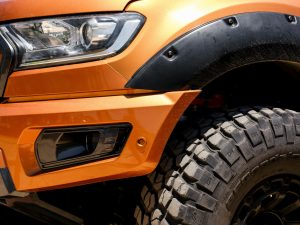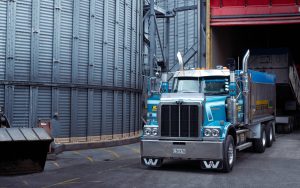Mars Colony Prototypes: NASA-Tested Rovers for Earthbound Adventurers
The idea of colonizing Mars has been a fascination for scientists, explorers, and adventurers for decades. With the advancement of technology and the progress of space exploration, the possibility of humans living on Mars is becoming more and more realistic. NASA, the pioneers of space exploration, has been at the forefront of this mission, constantly testing new technologies and prototypes to make Mars colonization a successful reality. In this article, we will explore one of the key components for a successful Mars colony – NASA-tested rovers for earthbound adventurers. Let’s dive in and discover the groundbreaking work being done in this area.
The Need for Rovers in a Mars Colony
Before we delve into the NASA-tested rovers, let’s first understand the significance of these vehicles in building a Mars colony. Rovers, also known as exploration vehicles, are an essential mode of transportation for exploring the surface of Mars. They are designed to withstand the harsh conditions of the red planet and carry out various tasks, such as collecting samples, mapping the terrain, and conducting experiments. Without rovers, the exploration and research on Mars would be limited, making it impossible to create a sustainable colony.
Development of Mars Colony Rovers by NASA
The Early Rover Concepts
NASA has been working on rover prototypes for Mars exploration since the 1960s. The early concepts were simple vehicles that could move around the surface of Mars and collect data. The first successful rover mission was the Viking Lander 1 in 1976, which landed on Mars and captured the first ever color photograph of the planet’s surface. Since then, NASA has made significant progress in rover technology, and their designs have become more sophisticated and capable of tackling various challenges.
The Mars Pathfinder Mission
In 1997, NASA launched the Mars Pathfinder mission, which changed the game for Mars rovers. The mission’s highlight was the Sojourner, a small six-wheeled rover designed to explore the surface of Mars. The Sojourner was equipped with instruments that could analyze rocks and take close-up images of the surface. This successful mission opened new possibilities for designing and building rovers that could cover larger distances and perform more complex tasks on Mars.
The Mars Exploration Rovers
In 2004, NASA took rover technology to the next level with the launch of the Mars Exploration Rovers (MER) – Spirit and Opportunity. These two rovers were the size of a golf cart and were designed to last for 90 days. However, both rovers exceeded all expectations and continued their missions for more than 15 years. The MER rovers significantly advanced our understanding of Mars and its potential for human exploration. They were able to travel long distances, climb steep hills, and make groundbreaking discoveries, including evidence of past water on Mars.
The Mars Science Laboratory: Curiosity Rover
In 2012, NASA launched the Mars Science Laboratory (MSL) mission, which included the Curiosity rover. This was a huge leap in rover technology, as Curiosity was much larger and more advanced than any previous rover. It was designed to determine whether Mars ever had the right conditions for microbial life and to assess the planet’s habitability for future human missions. The Curiosity rover has been a game-changer, providing invaluable data and evidence for scientists to further explore and understand Mars.
The Next Generation Mars Colony Rovers
As we look towards establishing a sustainable Mars colony, NASA is continuously working on new and improved rover designs. The next generation of Mars rovers is being developed to support human missions, with features like larger sizes, better power systems, and the ability to withstand extreme temperatures. One of the most exciting upcoming missions is the Mars 2020 rover, which is set to launch in July 2020. This rover will collect samples of Martian soil and rocks, which will be brought back to Earth for further analysis and research.
In addition to NASA’s efforts, private companies such as SpaceX and Blue Origin are also working on rover technology for Mars exploration. With the combined efforts of both public and private sectors, we can expect to see much more advanced and capable rovers in the near future.
Conclusion
The progress made by NASA in developing and testing rovers for a Mars colony is remarkable. These vehicles, which were once simple exploration vehicles, have now become crucial in building a sustainable human presence on Mars. With the advancement of technology and continuous research, we can expect to see even more impressive rover designs in the future. As we inch closer to a permanent human settlement on Mars, the role of these rovers will be vital in ensuring the success of this historic mission.
Are you ready to join the ranks of earthbound adventurers and explore the red planet? With NASA-tested rovers, it may not be too far off in the future.











